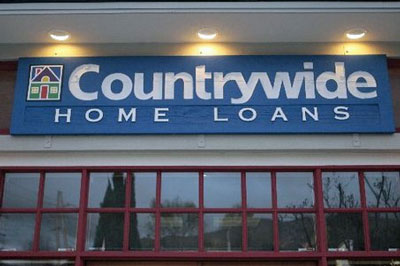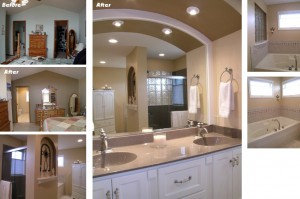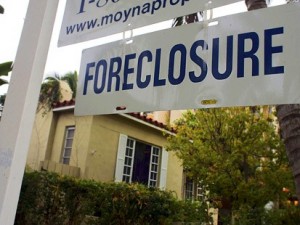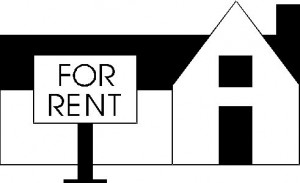
It seems that times are getting harder for mortgage brokers. First, they can’t in most cases use their appraiser of choice and now, they have to give you a close estimate of closing costs when you purchase a home. No longer will you be given an approximate closing cost. Than find the final closing costs on your mortgage to be $2000 to $3,000 higher than what you were told you would have to pay.
Worse yet, you had to come up with the extra cash to handle the surprise costs or the home purchase or refinancing could not proceed. A lot of mortgage companies low ball the estimated closing costs just to rope you into doing business with them, than surprise you with extra costs when you are ready to sign the final closing papers.
Here’s what’s about to happen: Starting Jan. 1, loan charges and settlement fees will be spelled out on a revised, more consumer-friendly version of the good-faith estimates (GFE) form that borrowers are supposed to receive within three days of their mortgage applications. Charges will fall into three broad categories on the form:
• Fees that cannot increase from upfront estimates to final closing.
• Fee estimates that come with wiggle room and can increase by as much as 10 percent.
• Fees that can increase without limit, mainly because the lender has no control over them or because the amount is difficult to predict.
Charges in the zero-increase category include the lender’s or broker’s mortgage origination, processing and underwriting charges, where junk fees sometimes sprout — or increase significantly at closing. Also in this category are the lender’s or broker’s loan discount charge, or “points,” based on the interest rate quoted, and local transfer taxes.
Charges subject to a 10 percent aggregate increase include services required by the lender but where the lender chooses the providers, such as appraisals; expenses such as lender’s title insurance and settlement services, where the borrower chooses a firm on a list approved by the lender; owner’s title insurance, when the borrower chooses a company on the lender’s approved list; and recording charges by local governments.
Though any one of these items can increase more than 10 percent from the upfront estimate to closing, the combined total of all the fees in this category cannot jump by more than 10 percent. This is crucial, especially in title insurance and settlement charges, where some of the biggest surprises pop up at closing.
Charges that can increase without limit include lender-required services where the borrowers choose a title insurance, escrow or other settlement company that is not on the lender’s list; the cost of homeowners’ hazard insurance; daily interest charges on the loan; and the amount of the initial deposit by the borrower into an escrow account.
Besides getting rid of closing-cost surprises, the new good-faith estimate encourages loan applicants to shop around before committing. The form has space for comparing up to four competing lenders’ GFEs on interest rates, rate locks, prepayment penalties or balloon payments, among other factors. The cost estimates from each competitor are required to remain available for 10 business days. Interest rates can change unless locked in.
Paired with the new GFE rules will be a new standard closing-cost statement, the “HUD-1,” which allows consumers to directly compare what they were told upfront with what they’re being asked to pay at closing.
Also, for the first time ever, the new HUD-1requires disclosure of the widely misunderstood fee splits of title insurance premiums between the insurance underwriter — the company actually insuring the title — and the title agent, who is often the settlement agent. Consumers may be stunned to learn that in some markets, 80 percent to 90 percent or more of the premium they pay at closing actually goes to the agent, not to pay for the insurance itself.










